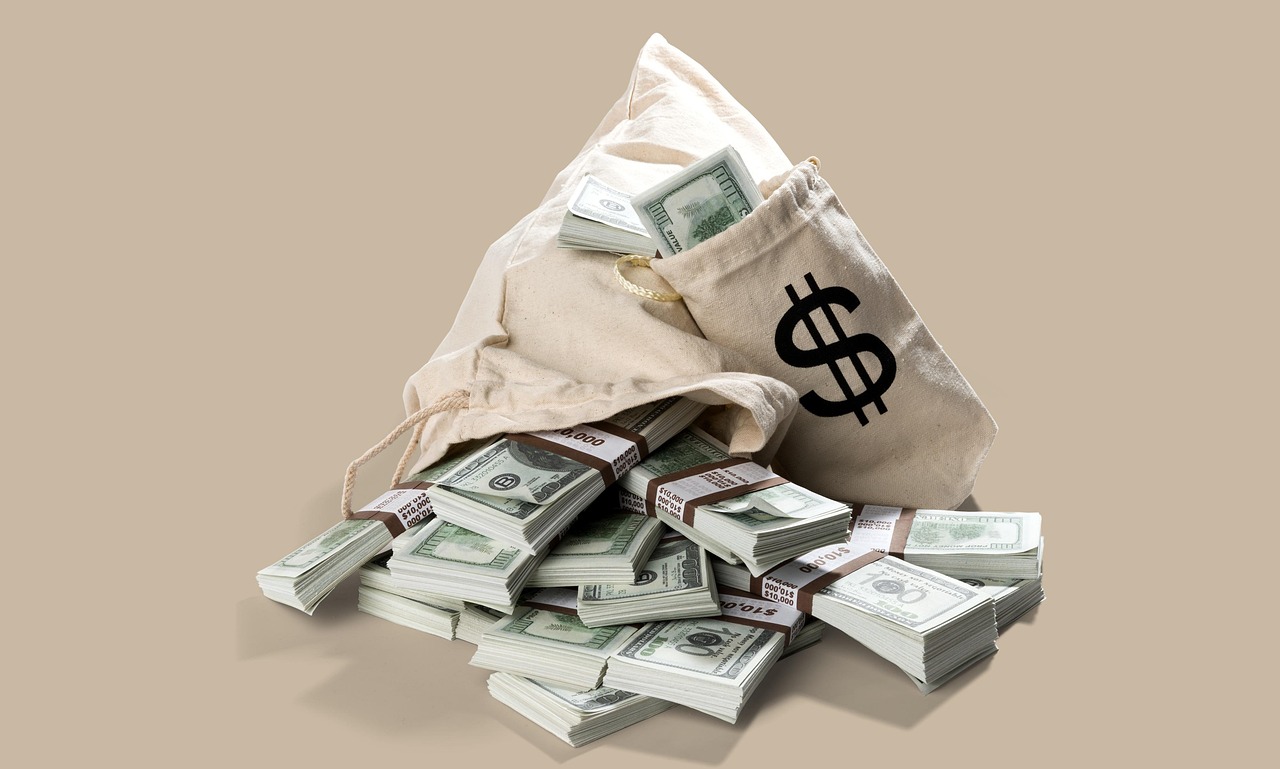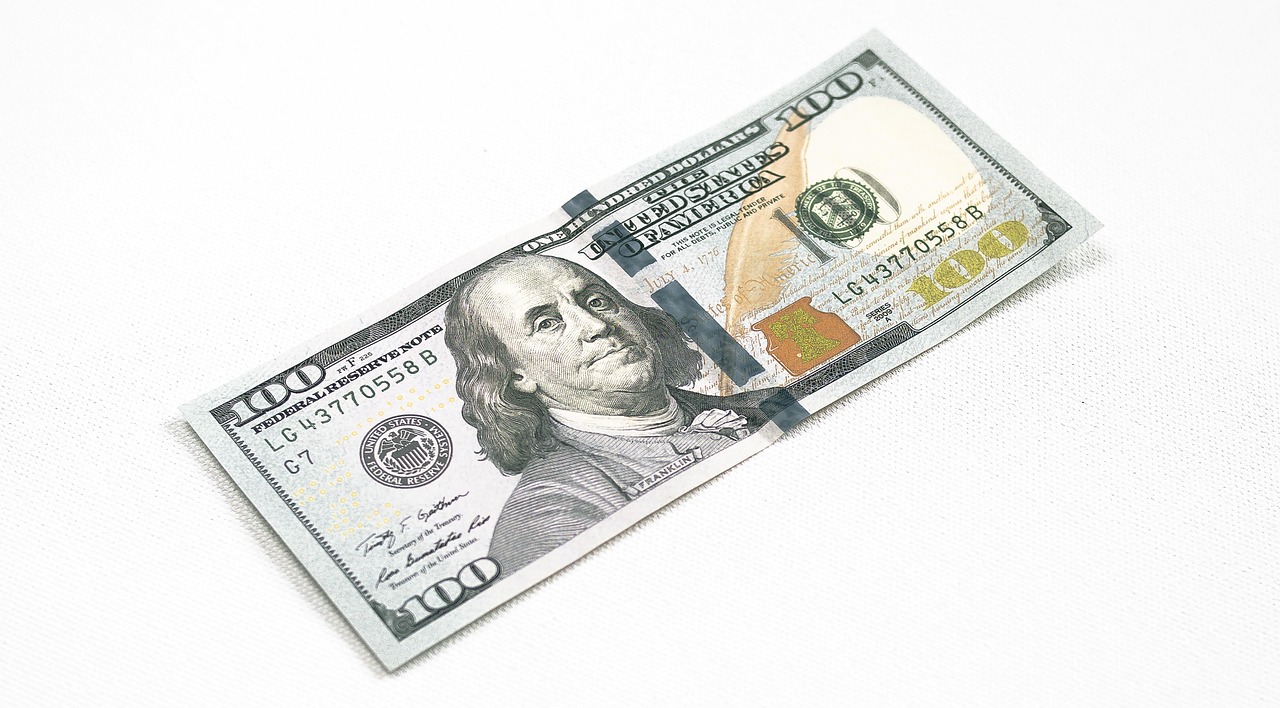
Trump’s Impact on the US Dollar Value
Since Donald Trump returned to the White House in late 2024, the US dollar has experienced increasing volatility and signs of weakening. One key event highlighting this trend occurred on July 16, 2025, when President Trump appeared to consider firing Jerome Powell, the Federal Reserve chair. This move triggered a sharp slump in the dollar and a spike in Treasury yields, briefly rattling markets. Although Trump quickly reversed course and stock markets reached all-time highs the next day, the episode underscored growing uncertainty about the dollar’s stability under his administration. The real question investors face now is how severely the dollar will be damaged when the next financial crisis hits.
Tariffs and Their Economic Consequences
President Trump’s aggressive tariff policies have played a significant role in undermining confidence in the US dollar. For example, imposing a 50 percent tariff on copper and 30 percent on imports from the European Union disrupts global trade flows and raises costs for American businesses. Historically, such tariffs have led to retaliatory measures and supply chain disruptions. According to a 2023 report by the Peterson Institute for International Economics, tariffs of this magnitude increase input costs by an average of 15 percent for affected industries, translating into higher consumer prices and inflationary pressures. This inflation erodes the purchasing power of the dollar and undermines its status as the world’s reserve currency.

Market Reactions to Policy Uncertainty
Investor reactions to Trump’s policies have become more muted over time, indicating a degree of market desensitization. Yet, when uncertainty spikes—as it did with the Powell firing scare—markets react swiftly. Treasury yields rose sharply, reflecting concerns about inflation and potential Federal Reserve policy shifts. The US 10-year Treasury yield increased by approximately 20 basis points within hours of the announcement, signaling heightened risk perception. The dollar index, which measures the currency against a basket of six major currencies, fell by about 1.5 percent on that day, demonstrating how sensitive the currency remains to political developments.
Historical Parallels of Dollar Weakness
Looking back at previous periods of dollar weakness offers insight into what could happen next. For instance, during the 1970s stagflation era, the dollar lost nearly 40 percent of its value in real terms over a decade, fueled by fiscal deficits, inflation, and loss of confidence. More recently, the 2008 financial crisis saw a brief but sharp dollar rally as investors fled to safety, followed by a prolonged period of dollar weakness as the Federal Reserve implemented quantitative easing. The current environment shares elements of both historical cases: political uncertainty reminiscent of the 1970s combined with high debt levels and loose monetary policy echoes post-2008 conditions. This combination sets the stage for a potentially significant dollar decline during the next crisis.

Implications for Investors and Portfolio Strategies
For investors, the evolving dollar dynamics under Trump’s administration signal the need for cautious portfolio management. The dollar’s weakening trend increases the risk of inflation eroding returns on US dollar-denominated assets. During past currency depreciations, commodities such as gold and copper outperformed, with gold rising by more than 25 percent during the 1970s dollar decline. Diversification into foreign assets and inflation-protected securities can provide a hedge against dollar depreciation. Moreover, investors should monitor Treasury yields closely; rising yields often presage shifts in monetary policy and inflation expectations, which directly impact fixed-income returns. ## Conclusion Dollar Damage Will Be Clearer in Next Crisis. While the full extent of the damage to the US dollar under President Trump remains to be seen, historical market events and recent policy actions suggest vulnerability. The muted reactions to tariffs and political uncertainty so far may not hold during a major financial shock. Investors who study past dollar crises understand that currency weakness often accelerates during turmoil, amplifying losses in dollar-based portfolios. By learning from these case studies and watching key indicators like Treasury yields and inflation rates, investors can better prepare for the challenges ahead and potentially turn volatility into portfolio gains.